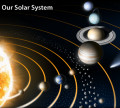Chaos, Astronomy and Astrology
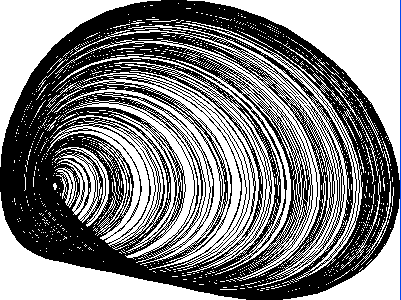
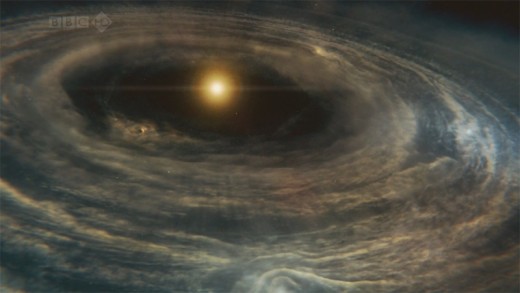
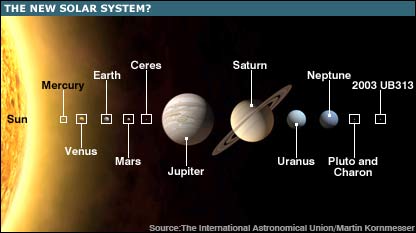
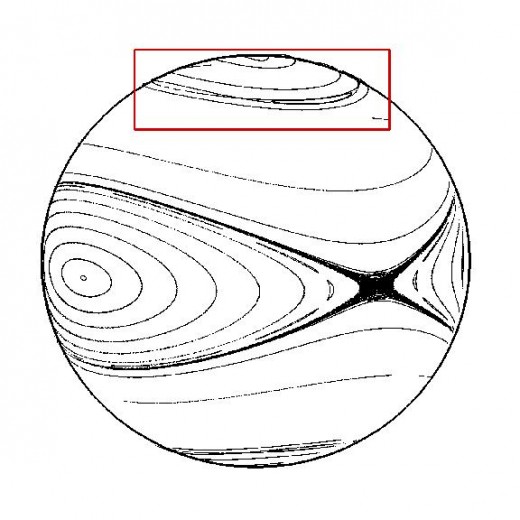
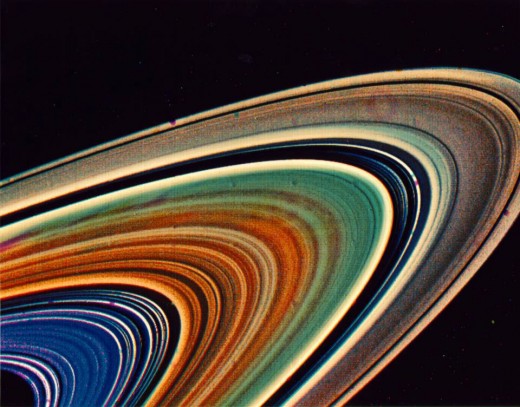
The solar system founctions in a complex manner
Ideas that have grown out of recent
theories of chaos and complexity have led to a revolution in our view
of the universe. Weather studies by Edward Lorentz, for example,
illustrate that the tiniest change of an input variable can lead to
radical differences in outcome. The standard joke among researchers into chaos
is that a butterfly flapping its wings in the Amazon can influence a
typhoon in the Pacific Ocean.
The discovery of Chaos and
Complexity have increased our understanding of the Cosmos and its
effect on us. If you surf the chaos regions of the internet, you will
invariably encounter terms such as "sensitivity to initial
conditions," "self similarity," "self affinity,"
"strange attractors," "feedback," "phase
space," "horizon of predictability," "vanishingly
small," "fractal dimensions" and so on. Each of these
are easily understood, but the ramifications of these ideas have lead
to a revolution in our view of the universe and as a consequence,
provides a direct link to the understanding as to how each part of
the cosmos interacts with the rest, including us upon the Earth as
individuals and as a collective whole.
Consider the idea of
sensitivity to initial conditions. Prof. Edward Lorentz determined in
his weather studies that the tiniest change of an input variable in
computer weather simulations, lead to radical differences in the
outcome in relatively short order. In other words, his situation in
exploring the weather, netted two completely different outcomes in
the same time frame due to very tiny differences at the outset. These
differences could be small to the point of invisibility.
Just
how tiny can influences be? It is comparable to the butterfly
scenario described above. Now these influences can take some time to
make themselves felt, but that is the nature of the phenomena
identified as a "strange attractor."
"Strange
attractors" answer the question as to why cycles never repeat
themselves exactly, but approach such similarity so as to be almost
exact. The concept of the eternal return is conditioned by the
strange attractor. In orbital dynamics with all the planets
interacting in a complex gravitational and magnetic dance, an
individual planet will never be in exactly the same orbital position
twice after a complete orbital cycle, but it will come close,
sometimes very close. Strange attractors pop up in all sorts of
places. In fact, strange attractors define how "self affine"
structures like clouds and snowflakes will look similar, but no two
will ever be identical. Such is the confounding complexity of the
cosmos.
You will read elsewhere about chaotic orbits and
"horizons of predictability". The more chaotic the orbit,
the more unable we are in being able to predetermine its future. The
less chaotic the orbit is, the more easily it is to calculate
accurately well into the future. The Moon has a fair amount of
chaosity in its orbit, but fortunately for us, we are familiar with
its complex array of cycles and thus can calculate with high
certainty, cycles such as eclipses.
But what has this to do
with astrology anyway? Sensitivity to initial conditions can be
restated as sensitive dependence. What this means, is that it is an
ongoing process as there is no real initial state, as we know it over
our recorded history of solar system observation. But, we do know
that as far as the moon is concerned, the initial condition was a
giant impact on Earth by a Mars sized object about 4 billion years
ago. Now we find ourselves embedded in history and thus small
influences constantly act to create ongoing change in the cosmos. One
thing influences everything else and all this influences in return in
a feedback manner. The planets have an ongoing and continual effect
on Earth and conversely, the Earth affects them all in return. By and
large, the effects are tiny, but as has been pointed out, that does
not rule out their influence. Remember what Edward Lorentz found! On
the contrary, the effect can deposit its influence immediately, only
to surface as great change later. Herein lies one of the most
confusing aspects of the astrological influence, especially when one
considers the myriad of influences pouring in from every direction in
space-time simultaneously.
The greatest influence upon us
comes from the Moon and it is thus the most obvious, but even here,
there is a delay known as lag time between cause and effect. A study
of lunar position and transits versus peak tide times will show the
lag effect clearly. This has complex reasons that will not be
explained in this brief context.
It has been stated that the
obstetrician has more influence than Mars upon the newborn baby.
Studies of gravitational influence by the mass distance relation show
that the obstetrician would have to be at least the size of a
rhinoceros to have a comparable effect to Mars at its greatest
possible distance from Earth. And then, let us not forget sensitive
dependence and what it means.
Then there is the argument of
birth versus conception. All stages are important, but each one is a
distinct "phase state" that has its own conditions and
"space" as can be further explained. But we would have to
invoke quantum physics and other arcane ideas. One is not more
relevant than the other. Both are necessary in the unfolding of any
phenomena.
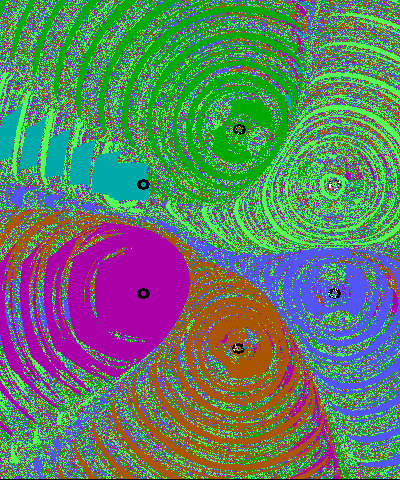
The above figure is a fractal mapping of interacting magnetic fields of differing strengths. Interestingly, the weaker field is more unified. The stronger fields are more broken up and contain influences from the others. Here is a case in point of sensitive dependence on surrounding conditions involving several magnetic fields. Tiny changes in any area will alter the whole view. When real fields are viewed on the sun or with iron filings, they display distinct patterning showing differences within a main magnetic field. A good example is provided by the SOHO space probe daily in the EIT-CCD images of the solar disc. All of space is permeated by various interpenetrating magnetic fields that have as their origins, the sun, planets, stars and entire galaxies.
Gravity works in a similar fashion to magnetism insofar as both gravity and magnetism propagate at the speed of light and decrease as an inverse square function over distance. The Lagrange approach to the multibodied gravity problem demonstrates that gravity can take on fractal patterns in equipotential mapping. These patterns are what chaos is all about. It is something that can be misunderstood, as chaos implies a complete lack of order and yet we can see complex order all around us as seen in nature and in the magnetic and gravitational maps. A better term to communicate understanding would be turbulence.
Turbulence mapping in 2 and 3 dimensions plotted through a series of discrete frames emulating time, is something currently under research in supercomputers located at various universities and research centers. These can plot dynamic changes that occur in such things as relativistic jetting, atmospheric turbulence, fires, supernovae and other natural phenomena. A uniting of fractal dynamics with turbulence would produce more natural appearing fractals.
It has been stated that our solar system is a giant fractal. This is true insofar as orbital dynamics and planetary evolution is concerned. Planets influence each other into discrete orbital period relations. These may be resonant to one another, or more commonly for stability, dissonant. The fate of any two bodies in orbital period resonance is instability. The evidence of this is seen in the Kirkwood gaps of the asteroid belt between Mars and Jupiter where all resonant period positions are virtually empty. Those orbital periods that are dissonant in their periods with other planetary orbital periods, are much more stable in the presence of one another. Another fractal emulating condition is seen in cratering, where craters are everywhere superimposed with self-affine copies of smaller and smaller ones down to micro cratering. Fractal mapping programs already exist to produce crater maps that look reasonably like the real thing seen on planets, moons and asteroids. And then there is atmospheric turbulence, and the complex solar cycles.
Understanding astronimcal chaos
New discovery about the sun's influence on the earth and life
References (highlight, copy and paste)
http://sci.esa.int/science-e/www/object/index.cfm?fobjectid=44687
http://spaceinfo.com.au/2011/03/31/starquakes-reveal-stars-inner-secrets/
http://science.nasa.gov/science-news/science-at-nasa/2008/30oct_ftes/
http://thecosmicheart.blogspot.com/2010/11/magnetic-portals-connect-earth-to-sun.html
http://www.esa.int/esaSC/SEMERY7X9DE_index_0.html
http://www.space.com/11326-nasa-kepler-starquakes-star-eclipses.html
More information on Astronomy and Chaos






